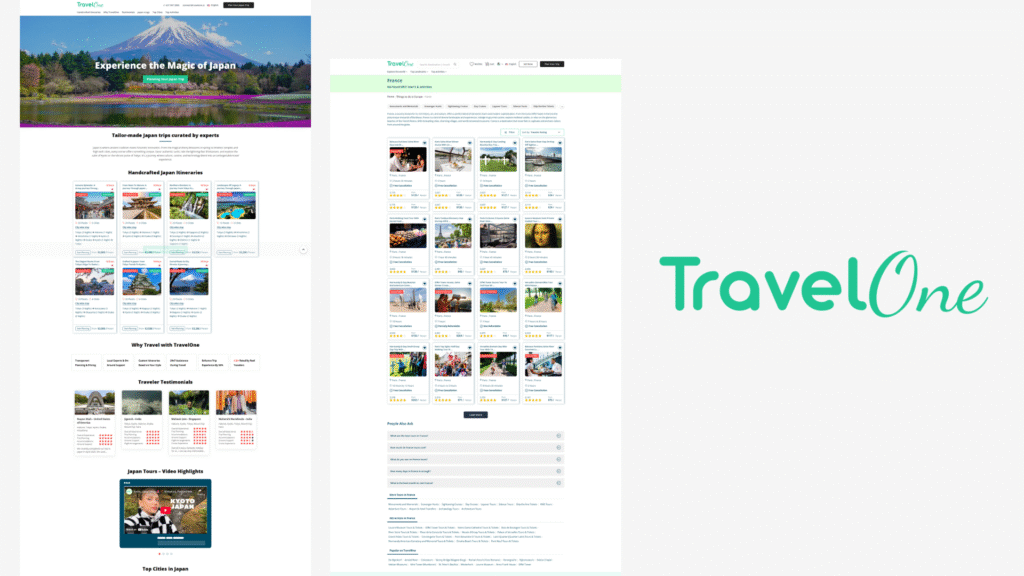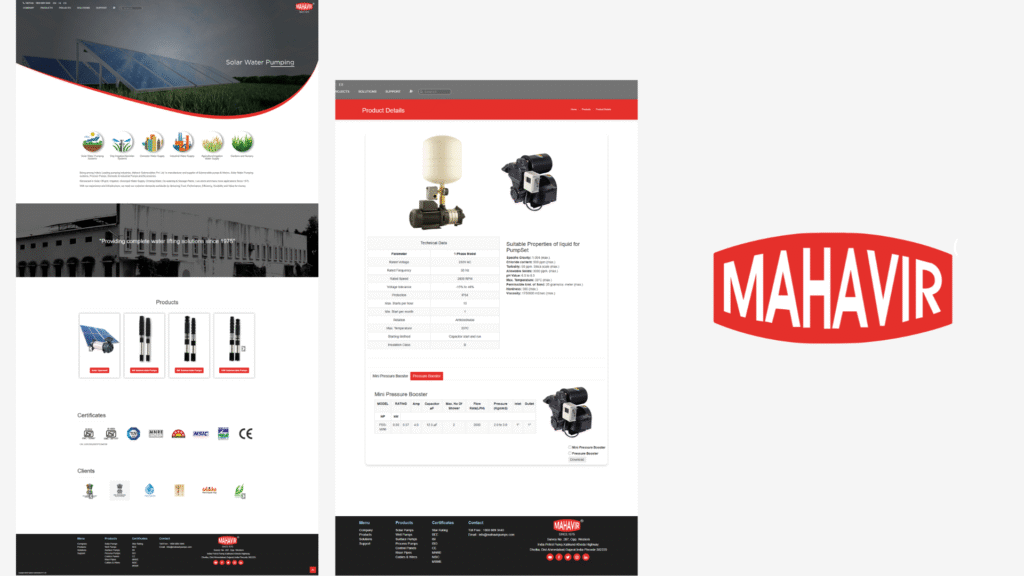React vs. Vue vs. Svelte 2025: Which JavaScript Framework to Learn?
In the rapidly evolving landscape of front-end development, choosing the right JavaScript framework can be a daunting task. As of 2025, developers, companies, and learners face the crucial decision of which framework to adopt for building scalable, efficient, and maintainable web applications. The three frontrunners—React, Vue, and Svelte—each offer unique features, advantages, and community support that influence their popularity and suitability for different projects. This comprehensive guide compares React, Vue, and Svelte in 2025, helping you decide which framework aligns best with your goals and needs.
Overview of React, Vue, and Svelte
React
React, developed and maintained by Facebook, remains one of the most popular JavaScript libraries for building user interfaces. It emphasizes a component-based architecture and utilizes a virtual DOM to optimize rendering performance. React’s ecosystem is vast, enabling developers to integrate it into a variety of projects, from small widgets to large enterprise applications.
Vue
Created by Evan You, Vue has gained widespread popularity for its simplicity, flexibility, and gentle learning curve. Vue offers a progressive framework that allows developers to adopt parts of it gradually. Its reactivity system provides an intuitive way to manage state, making it suitable for small projects and large-scale applications alike.
Svelte
Emerging as a revolutionary framework, Svelte takes a different approach by shifting much of the work from runtime to compile time. It compiles components into highly efficient vanilla JavaScript during build, resulting in faster performance and smaller bundle sizes.
Comparative Analysis of React, Vue, and Svelte in 2025
1. Performance & Speed
Performance is a critical factor for modern web applications. Here’s how the three frameworks compare:
- React: Uses a virtual DOM to optimize updates, offering excellent performance especially when optimized with techniques like memoization and code splitting.
- Vue: Also employs a virtual DOM and features a highly efficient reactivity system that ensures minimal re-renders.
- Svelte: Eliminates the virtual DOM by compiling components at build time. This results in faster runtime performance, smaller bundle sizes, and less overhead, making Svelte the fastest among the three in many benchmarks.
2. Learning Curve & Developer Experience
Ease of learning impacts developer onboarding and productivity:
- React: Has a moderate learning curve due to its JSX syntax, state management patterns, and the broader ecosystem. Requires understanding of concepts like hooks and context.
- Vue: Known for its gentle learning curve, with an intuitive syntax, clear documentation, and separation of concerns through single-file components.
- Svelte: The simplest to pick up for beginners. Its declarative syntax, minimal boilerplate, and straightforward setup make it highly accessible.
3. Ecosystem & Community Support
The maturity and size of the ecosystem influence the availability of resources:
- React: Boasts the largest community, extensive libraries, and widespread industry adoption. It supports a broad range of tools, state management solutions (Redux, MobX), and integrations.
- Vue: Has a strong, active community with many plugins, UI libraries (like Vuetify), and integrations. Adoption is particularly high in Asia and among startups.
- Svelte: Although newer, Svelte’s community is rapidly growing. Its ecosystem is expanding with tools like SvelteKit (for app development), but it remains less mature than React or Vue.
4. Flexibility & Use Cases
Choosing a framework often depends on the project requirements:
- React: Ideal for large-scale, complex applications, especially where a rich ecosystem and proven stability are essential.
- Vue: Suitable for both small projects and enterprise solutions. Its progressive nature allows gradual integration.
- Svelte: Perfect for building highly performant applications where bundle size and speed are priorities. Also gaining traction for new projects.
5. Future Trends & Industry Adoption in 2025
Looking ahead, industry adoption trends reveal interesting insights:
- React: Continues to dominate big tech companies and enterprise environments. Its extensive ecosystem ensures its relevance in 2025.
- Vue: Remains popular among startups, small teams, and regions like Asia. Its simplicity keeps it relevant for rapid development.
- Svelte: Rapidly gaining popularity among innovative developers and startups seeking high performance and minimal bundle sizes. Some companies are beginning to adopt Svelte for production.
Which Framework Should You Learn in 2025?
Assess Your Goals and Use Cases
Deciding which framework to learn depends on your career ambitions, project requirements, and preferred development style:
- React: Choose if you want a widely adopted skill, work on large-scale applications, or participate in a mature ecosystem.
- Vue: Opt for if you seek an approachable framework with fast onboarding, or plan to work on progressive or small-to-medium projects.
- Svelte: Ideal if you prioritize cutting-edge performance, simplicity, and want to get ahead in adopting innovative technologies.
Consider Job Market & Industry Demand
In 2025, React still leads the job market, especially in North America and Europe. Vue skills are also highly valued in certain regions and sectors. Svelte’s niche is expanding, with early adopters and startups leading adoption.
Long-term Viability & Growth Potential
React’s mature ecosystem ensures stability, but Svelte’s rapid growth signals a promising future for performance-focused development. Vue’s balanced approach makes it a resilient choice.
Final Verdict: Which Framework to Master in 2025?
React remains the industry standard for large-scale and enterprise applications with a vast ecosystem, making it a safe choice for career investment.
Vue offers an excellent balance of simplicity and power, perfect for developers seeking fast onboarding and versatility.
Svelte stands out as the future-oriented, performance-first framework. Mastering Svelte could give you an edge in innovative projects.
Ultimately, the best framework to learn aligns with your personal goals, project needs, and the industry trends you wish to influence in 2025. Embrace continuous learning to stay ahead in the fast-paced world of front-end development.
Helpful Resources to Get Started
- React Official Documentation
- Vue.js Guide
- Svelte Tutorial
- Online courses on platforms like Udemy and Pluralsight
- Community forums and GitHub repositories for each framework
Conclusion
Choosing the right JavaScript framework in 2025 depends on your project requirements, career aspirations, and personal preferences. React continues to hold industry dominance, Vue offers accessibility and flexibility, while Svelte promises remarkable performance improvements. Stay informed, experiment with each, and select the one that aligns best with your development journey. Happy coding!



